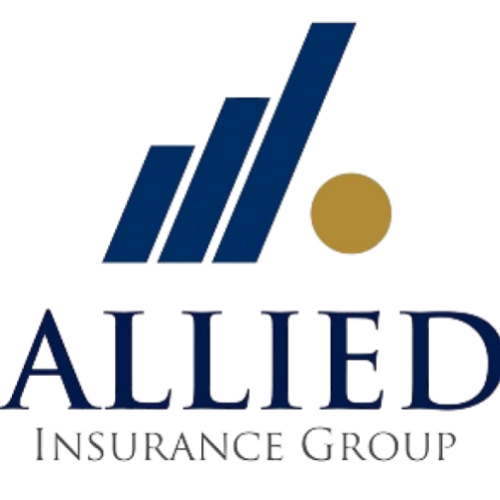Finding the right homeowners insurance in Florida can feel a bit overwhelming, especially with the unique challenges the state presents. The risk of hurricanes, flooding, and other natural events makes it crucial for Floridians to secure coverage that fits their budget and offers adequate protection. Understanding what makes insurance competitive can save both time and money while giving you peace of mind.
The market for homeowners insurance is varied and can change frequently, requiring careful attention to policies and providers. By being informed and proactive, you can identify competitive rates that align with your specific needs. Let’s see how you can effectively find the best homeowners insurance in Florida.
Understanding Your Coverage Needs
Knowing what coverage you require is the first significant step in choosing the right insurance. Florida’s geographic location means facing potential natural disasters, like hurricanes and floods, more regularly than in many other states. Homeowners should consider coverage options that address these particular risks.
1. Assess Your Home’s Value: Understanding the value of your home is crucial for determining the amount of coverage you’ll need. This doesn’t just stop at the market value but also involves recognizing the cost of replacing your home if it were destroyed. Think about unique features or upgrades that might require special coverage.
2. Consider Extra Coverage for Flood-Prone Areas: Flooding poses a considerable risk in Florida, making flood insurance a necessity for many homeowners. Look at whether your home is in a high-risk flood zone and explore coverage options that cater specifically to flood-related damages. While standard policies might not include flooding, adding this extra layer can protect against significant financial burdens.
These steps prepare you for unexpected events and help refine what you’re looking for in an insurance policy. Understanding these needs lays the groundwork for comparing different providers and finding the policy that suits you best.
How to Compare Different Insurance Providers
Choosing the right homeowners insurance means comparing what various providers offer. A savvy approach involves looking at multiple aspects to gauge which company best aligns with your needs and preferences.
1. Evaluate Offerings: Begin by examining the coverage options and packages insurers offer. Do they provide comprehensive options for hurricane and flood damage? Some might propose additional perks such as identity theft protection or emergency repair services. Checking these details ensures that you’re aware of how each policy can serve you under different circumstances.
2. Review Their Reputation: Customer feedback is a goldmine of information about an insurer’s reliability. Take time to sift through online reviews and ratings, which can offer insights into customer satisfaction. Look for feedback on claim processing, customer service, and policy flexibility. This information can help you weigh the strengths and weaknesses of each provider.
3. Seek Personalized Advice: Speaking with a knowledgeable insurance agent can demystify complex options and help tailor advice to your specific situation. They can offer insights into which policy might fit your lifestyle or budget. An experienced agent provides the guidance you need to avoid any surprises later on.
Tips to Lower Your Homeowners Insurance Premiums
Reducing your insurance premiums doesn’t have to be a guessing game. There are practical ways to potentially lower your costs while maintaining adequate coverage. Here’s how:
– Enhance Home Safety: Installing security systems, smoke detectors, and robust locks can often lead to premium discounts. Insurers view homes with enhanced safety features as less risky, which might translate into savings.
– Increase Your Deductible: Choosing a higher deductible could lower your premium. While this means you’d pay more out-of-pocket in the event of a claim, it might make sense if you’re looking for a way to cut costs now.
– Bundle Policies: Many insurance companies offer discounts if you combine multiple policies under their umbrella. Bundling your auto and home insurance with the same provider might lead to notable reductions in your overall insurance expenses.
– Inquire About Discounts: Some insurers offer discounts for being claims-free or for loyalty if you’ve been with them for a set number of years. It’s always worth asking if there are discounts you’re eligible for that you didn’t know about.
Steps to Switch Your Homeowners Insurance Provider
Switching insurance providers might sound tricky, but it’s relatively straightforward with some know-how:
1. Choose the Right Timing: Weigh the timing of your switch, possibly aligning it with your renewal period. Doing this can help avoid any cancellation penalties with your current provider.
2. Ensure Continuous Coverage: Once you decide to switch, confirm that your new policy starts as soon as the old one ends. This step is critical to avoiding any spans where your home might go uninsured.
3. Contact Your Current Provider: Let them know of your decision to switch and find out if there are any steps you need to complete, such as filling out notice forms to officially end your policy with them.
Taking these steps can lead to smoother transitions, ensuring that you continue to have the protection your home deserves without interruptions or unexpected costs.
With a clear understanding of how to navigate each step in securing homeowners insurance, you can confidently make decisions that benefit your financial and practical needs.
To make sure your home gets the coverage it deserves, take a moment to explore your options for FL homeowners insurance with Allied Insurance Group. Our experienced team is here to provide personalized support, helping you find a plan that fits your needs and budget.












 Allied Insurance Group
Allied Insurance Group
